Motion Studies, 2018 - present, is an ongoing series based on German gymnast photography from the 1920s – 1940s. The series is concerned with the collective perception of a visual language, that was taken as a metaphor of power by the Nazi regime, as well as possible forms of it's re-narration.
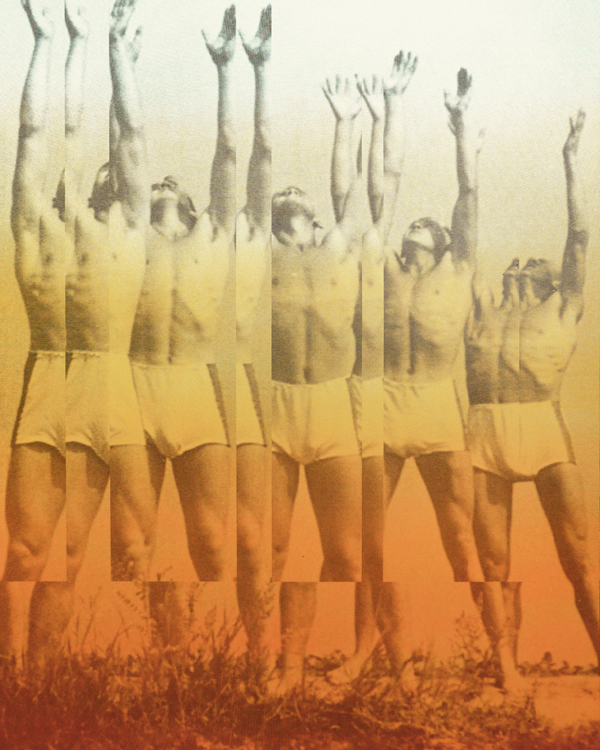

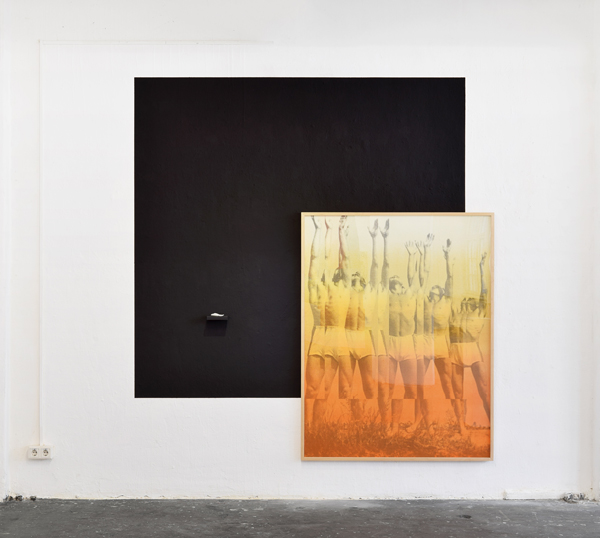
Exceed, 2020
screenprint and spraypaint on paper, porcelain object
edition of 3 unique prints + 2AP
122,5 x 158 cm
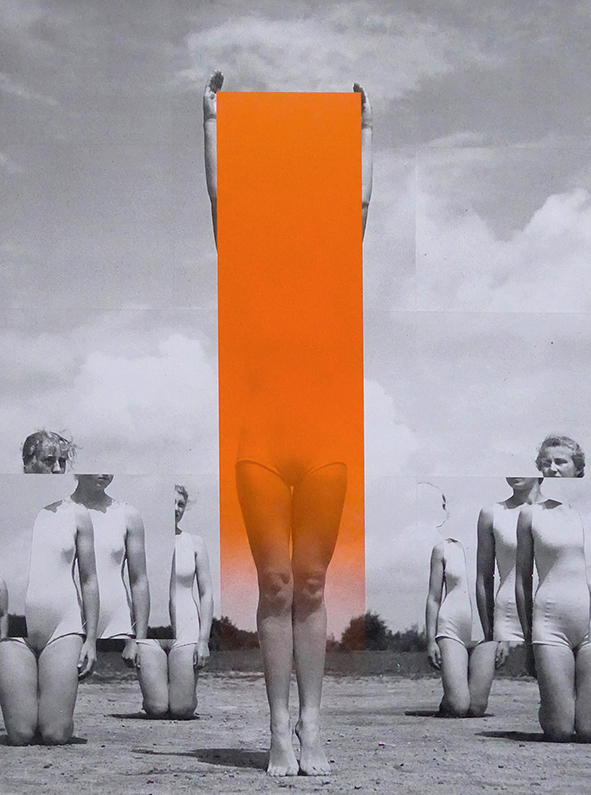
Motion Study, After Rudolf Bode I, 2019
screen print and spray paint on wood
130 x 96 x 8 cm
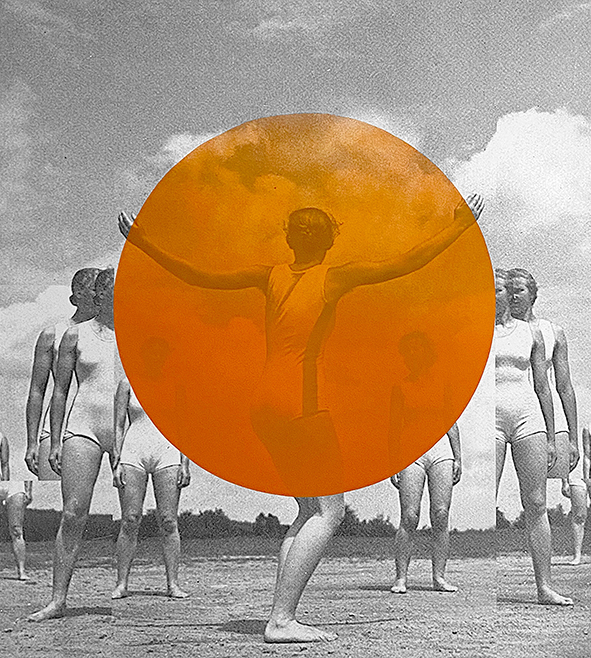 Motion Study, After Rudolf Bode I, 2019
Motion Study, After Rudolf Bode I, 2019digital print and spray paint on wood
96 x 96 x 8 cm

Motion Study, After Rudolf Bode I, 2021
spray paint on book page
31 x 25 cm (framed)

Motion Study, Beschwingte Körper, 2018
spray paint on newspaper
50,8 x 35,7 cm
Centered on Leni Riefenstahl’s (1902-2003) 1936 photo of Myron’s Discus Thrower for Beauty of the Olympic Battle, Motion Study, After Leni Riefenstahl examines the Nazi use of classical Greek sculpture in propaganda.
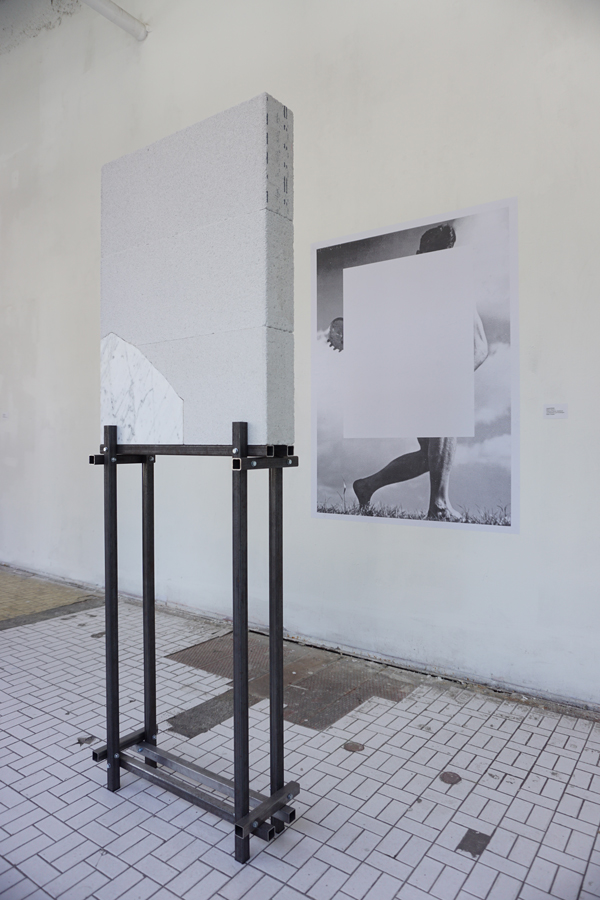
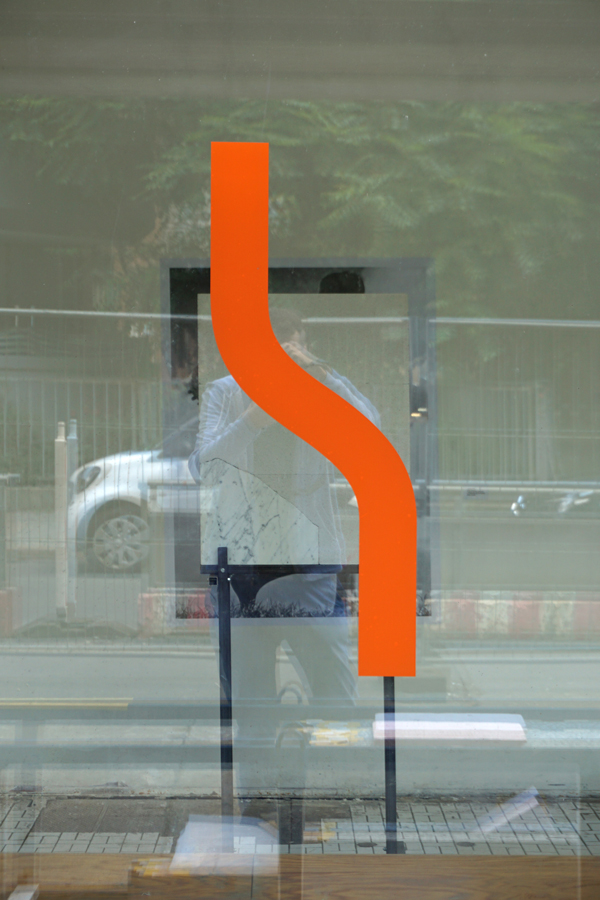
Motion Study, After Leni Riefenstahl, 2018
digital print, marble, ython, steel pedestal, tape
100 x 70 cm, 170 x 70 cm, 100 x 70 cm